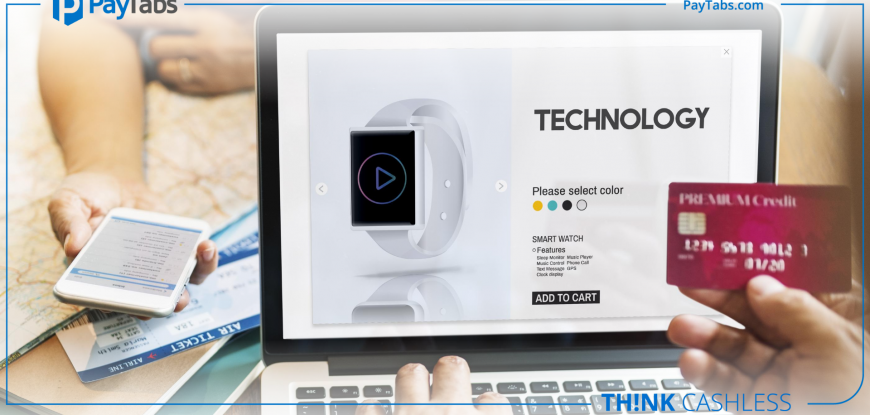What are the key components of a custom payment gateway?
Choosing the right payment gateway is crucial for an online business as these gateways can complete online transactions quickly, safely and efficiently. A robust payment gateway not only provides efficiency but also maintains integrity of the operations. There are several ways to incorporate a payment gateway into your system. You can choose to deploy a third-party payment gateway for processing your transactions or go for a personalized payment processing system. Each system has its own unique features, but a custom payment gateway can provide you with flexibility and efficiency which is unparalleled. Here are some of the key components of a custom payment gateway you should know about, to make informed decisions.
-
Great Customer Experience:
A custom payment gateway should be designed in such a manner that it maximizes the customer experience. The payment process should ideally have minimal number of steps to follow. It should also be intuitive so that the transaction proceeds in a smooth manner. You can also enhance the consumer experience by using well-known logos for different processes. The process should also be transparent so as to foster a sense of security and reliability in the clients. You can also enhance user experience by offering a wide range of payment options. Such flexibility will allow your users to maximize their utility and create brand loyalty.
-
Sufficient Security:
While speed and simplicity are desirable qualities in a custom payment gateway, it is equally important to ensure the safety factor of the transactions There are several security certifications available which will be helpful in providing a sense of safety to your clients. Ideally, your system should be PCI compliant. Further, you should also constantly upgrade your technology to effectively counter new spam and cyber-attack threats. End to end encryption of the transactions will ensure that the data transmitted remains safe and secure. Additional precautions should be undertaken to further secure personally identifiable information such as social security number and date of birth.
-
Freedom of Customization:
One of the biggest features of a custom payment gateway is that you can design it the way you want. You can add features while taking out some of the other complexities which you do not require. If you have a mainly subscription based business, you can allow for recurring payments on select dates. This feature will take away the hassle of recurring billing and will make the process more efficient. If your business deals with overseas clients, then it will make sense for your payment system to accept a wide range of foreign currencies. You may also want to display your payment system in different languages for making it easy to follow for your clients.
-
Sensible Fees and Charges:
Most payment gateways are able to provide their services at affordable rates due to economies of scale. However, the various benefits provided by a custom designed payment system can justify its higher costs. If planned properly, you might be able to reduce these expenses on a custom payment gateway as well. You should carry out extended and informed deliberation with various financial service providers to ensure that you optimize various charges and fees. Further, you should also pass down some of the benefits to your clients so as to build a solid customer base.
-
Modular Feature:
Setting up a custom payment processing system can be a daunting task. There are several variables to be taken care of, including the number of processors to collaborate with. Ideally, you should work with multiple processors to minimize the possibility of outages. This setup will also provide you with leverage in terms of negotiation. If you are building a custom payment system, then you should pay adequate attention to security features as well. Further, a foolproof process should be set up for handling arbitration, chargebacks and disputes. The process should be such that your clients do not face unnecessary hurdles while getting their grievances addressed.
All in all, custom payment gateways can indeed help you optimize your business processes. You can also ensure that your clients have the smoothest possible experience by incorporating features specific to your business. The process should also be flexible so that it can handle any changes in your business model.





